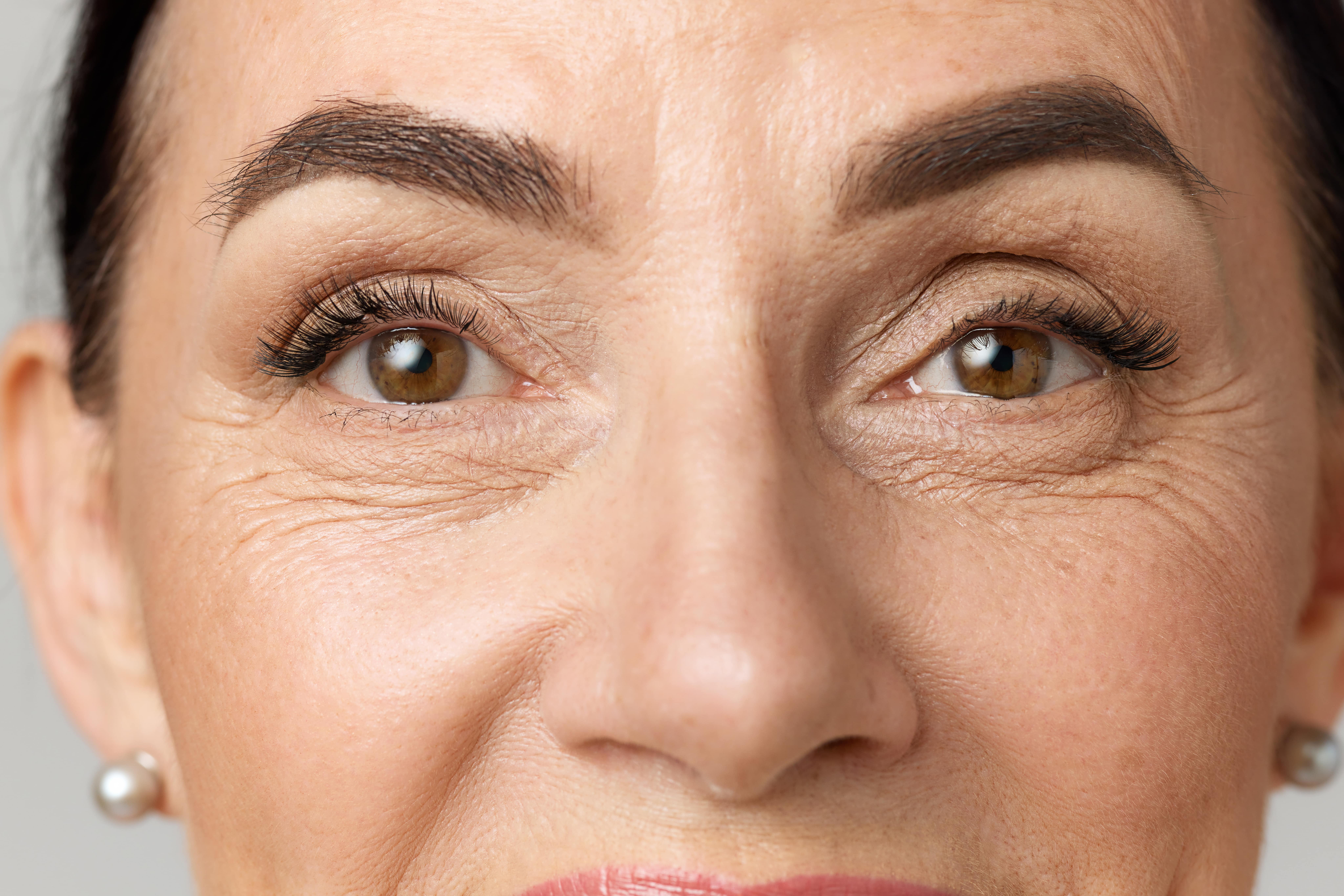
Botox, primarily known for its cosmetic use to smooth out wrinkles, has become one of the most sought-after procedures for individuals looking to maintain a youthful appearance. However, Botox offers a range of medical benefits that go far beyond its aesthetic applications. In this blog, we will explore some of the surprising medical benefits of Botox that you may not be aware of, highlighting how this powerful treatment can improve overall health and well-being.
What is Botox?
Botox is a neurotoxin produced by the bacterium Clostridium botulinum. It works by temporarily blocking the signals from the nerves to the muscles, causing them to relax. This ability to reduce muscle activity is why Botox is so effective for treating wrinkles, but it also makes Botox an incredibly versatile tool for various medical conditions.
Beyond Wrinkles: Surprising Medical Benefits of Botox
- Chronic Migraine Relief
One of the most remarkable uses of Botox is its ability to treat chronic migraines. Studies have shown that Botox injections can significantly reduce the frequency and severity of migraines. The treatment involves multiple small injections around the head and neck, which helps to block the pain signals and prevent migraine attacks. For people who suffer from chronic migraines, Botox has proven to be an effective long-term solution when other treatments haven’t worked.
- Excessive Sweating (Hyperhidrosis)
For those who experience excessive sweating, Botox offers a solution that can help control this often embarrassing condition. Botox works by blocking the sweat glands, reducing the amount of sweat produced. This treatment is especially effective for underarms, hands, feet, and face, where excessive sweating can cause discomfort and self-consciousness. Many people find relief from the constant worry of sweat stains or unpleasant odors after receiving Botox injections for hyperhidrosis.
- Overactive Bladder
Another medical use for Botox is the treatment of overactive bladder, a condition that causes frequent urges to urinate, incontinence, and sometimes discomfort. Botox injections into the bladder muscles can help relax the muscles and increase the bladder’s capacity, reducing the number of times a person needs to use the restroom. This treatment can significantly improve the quality of life for individuals suffering from an overactive bladder and reduce their reliance on medications.
- TMJ (Temporomandibular Joint) Disorder
Temporomandibular joint disorder, or TMJ, is a condition that affects the jaw muscles and joints, often causing pain, clicking sounds, and difficulty chewing. Botox injections can help to relax the muscles around the jaw, reducing pain and discomfort caused by TMJ. It can also help reduce teeth grinding and jaw clenching, which often exacerbate the condition. Botox offers a non-invasive treatment option for those who have been struggling with chronic TMJ pain.
- Neck Spasms (Cervical Dystonia)
Cervical dystonia is a painful condition in which the neck muscles contract uncontrollably, causing the head to twist or tilt to one side. Botox injections can be used to target the affected muscles, reducing the spasms and providing relief from pain and discomfort. Botox has been FDA-approved for treating cervical dystonia, and many individuals with this condition report significant improvements in their symptoms after receiving the treatment.
- Depression and Anxiety
While not yet fully recognized as a mainstream treatment, some studies suggest that Botox may have the potential to alleviate symptoms of depression and anxiety. The theory behind this is that Botox’s ability to relax the facial muscles associated with negative emotions—such as frowning—may help improve mood. Some patients have reported feeling better emotionally after receiving Botox injections, possibly due to the physical effects on the muscles of the face, which are closely tied to emotional expression.
How Botox Works for Medical Conditions
In many of these medical uses, Botox works by targeting and relaxing specific muscles. By blocking the release of acetylcholine, the neurotransmitter responsible for muscle contractions, Botox helps prevent the overactivity of muscles or glands. This results in reduced symptoms, whether that’s less pain from a migraine, less sweating, or reduced muscle spasms. For each condition, the method of injection and the areas targeted will differ, but the overall effect is the same—Botox provides relief from discomfort and enhances overall well-being.
The Safety and Effectiveness of Botox
Botox is considered a safe and effective treatment when administered by a trained and experienced professional. The procedure is minimally invasive, with little downtime or recovery needed. Side effects are typically rare but can include bruising, swelling, or a slight headache. Because Botox is FDA-approved for multiple medical conditions, it is a trusted and reliable treatment option for those seeking relief from various health concerns.
Contact Us Today
If you're interested in learning more about how Botox can improve your health beyond wrinkles, or if you’re ready to explore any of its medical benefits, contact us today to schedule a consultation. Our expert team is here to discuss your options and help you achieve a better quality of life with Botox in Sheridan, AR



